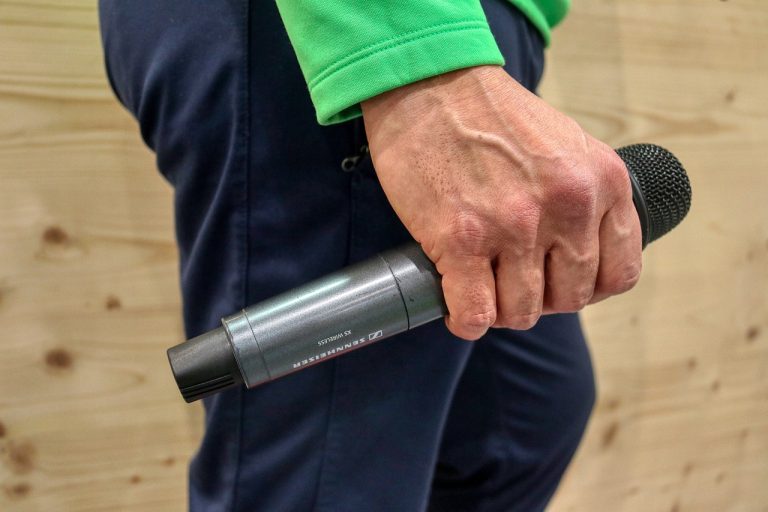Before scale up systems, it is important to understand how the production process works and what is involved in this process. Ideally, the demonstration plant would be between 10 000 and 100 000 L in size, matched downstream, and minimize capital investment risk. It would also validate the process, supply chain, and market demand. Usually, this demonstration plant would continuously run and use recycled streams. Alternatively, it may be skipped if the novelty of the process is low.
The recent accelerated adoption of single-use technologies has profoundly impacted the process industries. These technologies increase efficiency and integration of upstream and downstream processing and are hindering efforts to apply process intensification. However, they also offer many potential benefits, such as increased selectivity and yield. This article will examine some of the most common examples of process intensification and discuss their potential for transforming manufacturing and R&D.
During the optimization of synthetic routes, potential steps are tested in lab-scale equipment to determine whether they can be produced under industrial flow chemistry conditions. Process intensification allows manufacturers to cut process optimization time by using smaller equipment. For example, high-density cell banks and HIFB are two ways to accelerate bioprocessing. Flow chemistry reactions can be completed in a few hours, but the smaller the equipment used, the faster they can be commercialized.
Conical mills
Increasing the production capacity of your product requires an accurate and thorough scale-up process. This will give you the confidence needed to move your product from the pilot stage to full production. During the scale-up process, you should make sure that all parameters are scalable, from rotor speeds and blade types to batch sizes. For this purpose, you should closely collaborate with the supplier of your conical mills to get the most optimum results.
Choosing the right scale up systems for your product is crucial. Many variables can influence the process, including the screen type, the impeller speed, and the amount of pressure on the screen. Specifications for the screen can become very detailed, including the size and shape of the holes, plate thickness, and more. All these parameters impact the particle size of your product. Using a conical mill with high customization is a good option if you need a mill for a small-scale product development process.
Scaling up a manufacturing and R&D process determines the capabilities needed for a specific product or feature. The simplest way to do this is to follow the development process of a high-priority solution. The team can determine the time and cost required to produce a new product or feature. It is also possible to identify the high-priority capabilities that the company will need in the future without overburdening the current system.













